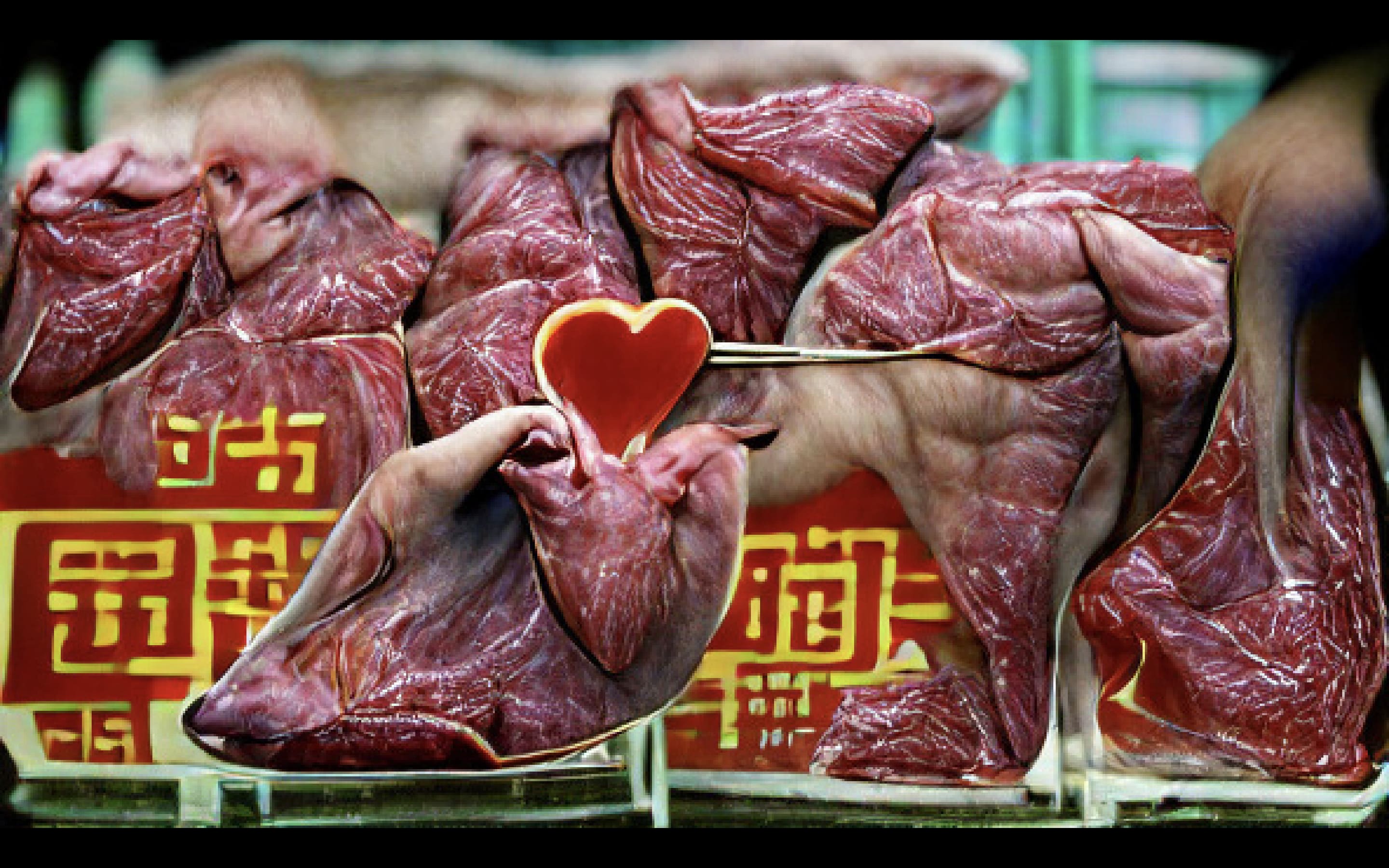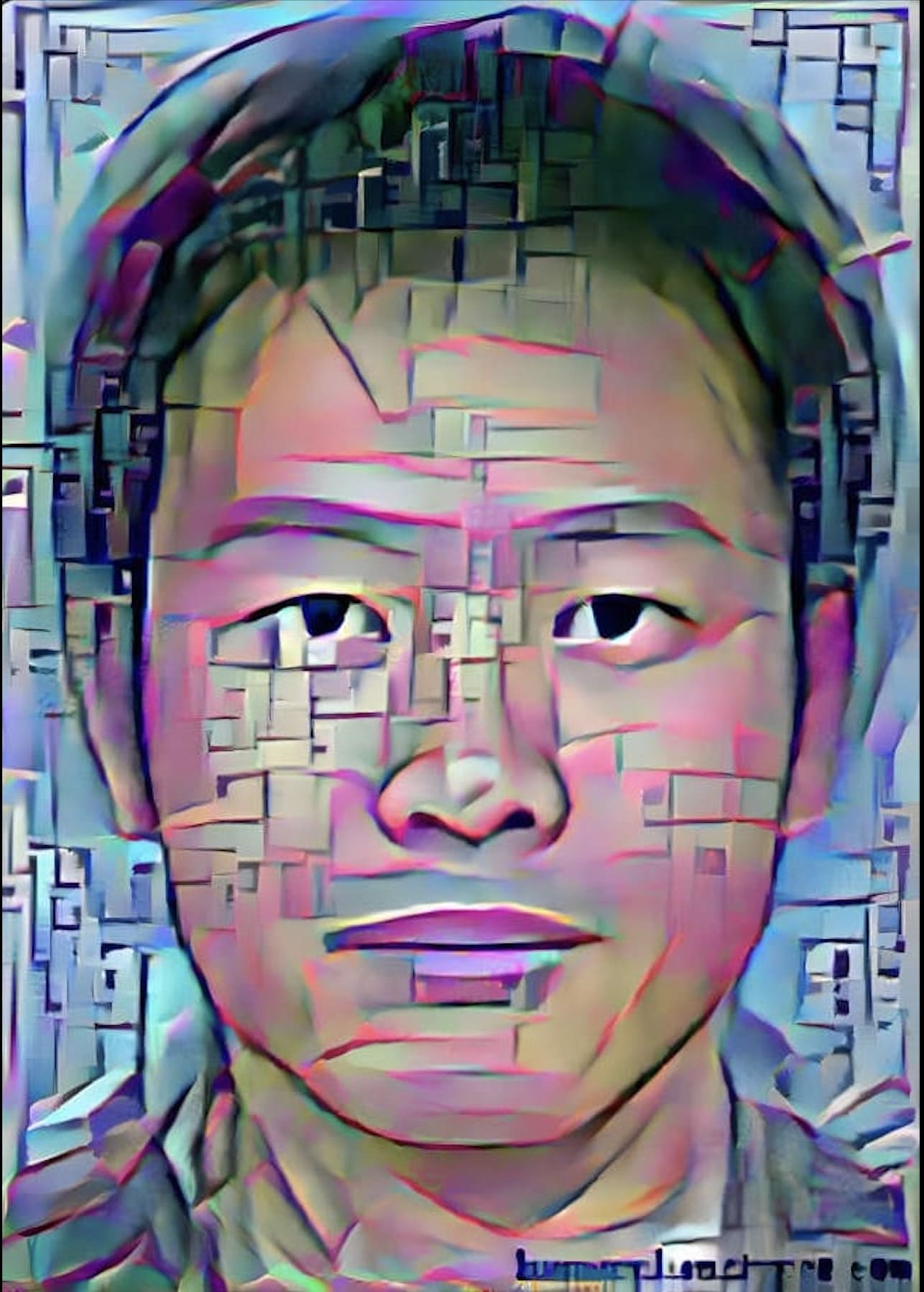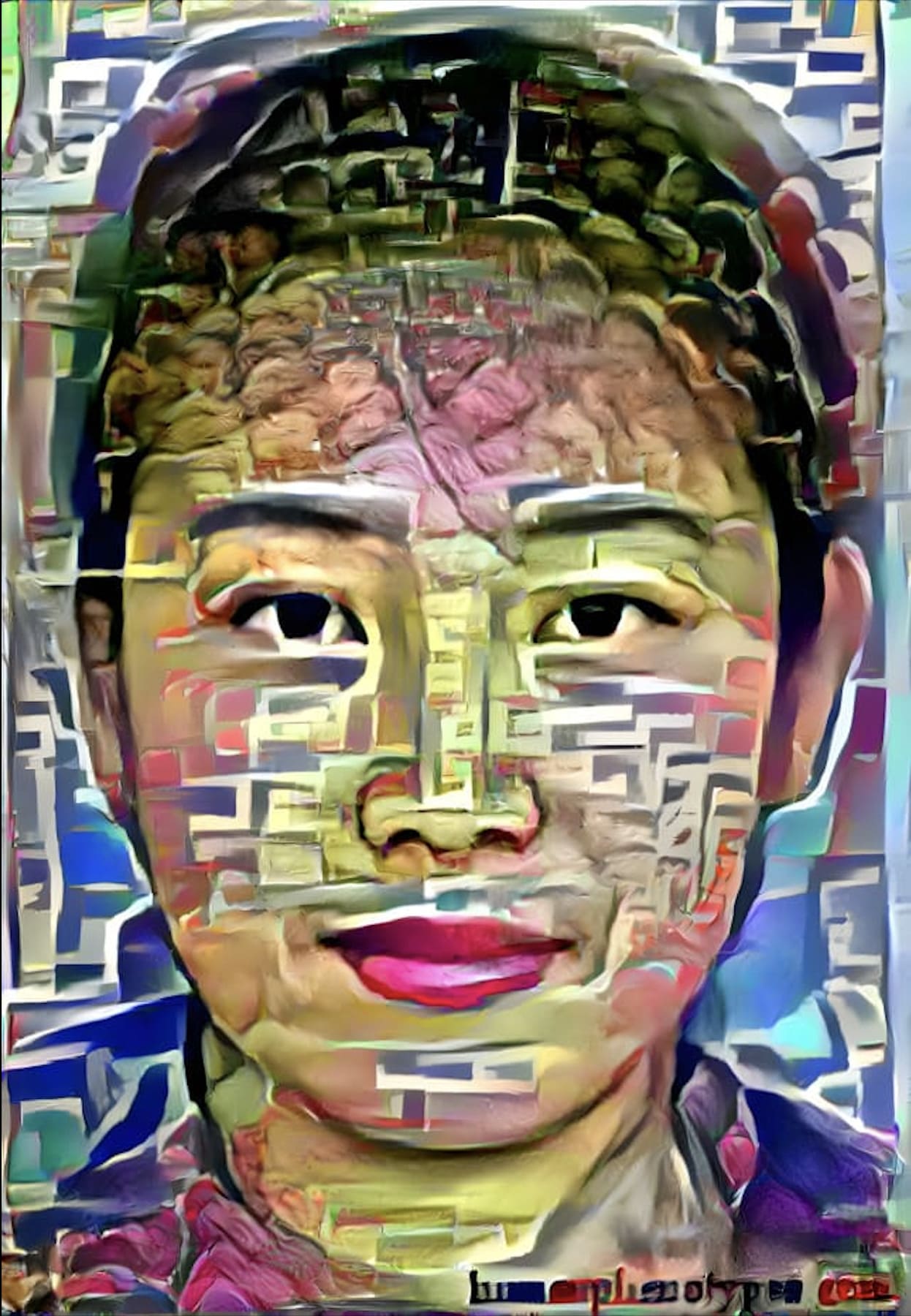起因與動機為在發現將中國|亞洲|東南亞等字詞輸入給ai以互聯網演繹法計算下的圖像和歐洲||美洲|西北歐等等的圖像差異。吸引我的是:這樣的差異並不僅只限於其文化或國族特色。舉例來說:若在前者的句構中加入進肉(meat)血(blood)會出現像是生肉、筋腱、內臟等等的圖形,在後者句構中加入肉(meat)血(blood)等關鍵字卻會出現牛排、醫學、或甚至是完全迴避的東西。ai演算法很大程度上是受到網路上龐雜資訊的影響,然而作為撰寫資訊的人類。在創造人工智能文化的同時是否也建立出了一套對詞語刻板印象的歧視?東方人的血與肉就是像肉舖上的生肉;西方人的血與肉就是料理恰當的美食或醫療科技?以上的形象皆是由所謂的人工智能所算圖繪製。
計畫待續...
flesh asian
The reason and motivation is to find the difference between the images of China | Asia | Southeast Asia and other images that are input into AI and calculated by the Internet deduction method and Europe | | America | Northwest Europe and so on. What appeals to me is that such differences are not limited to their cultural or national characteristics. For example: if you add meat (meat) blood (blood) to the former sentence structure, graphics such as raw meat, tendons, internal organs, etc. will appear, and add meat (meat) blood (blood) to the latter sentence structure. Waiting for keywords will turn up steak, medicine, or even something completely avoided. AI algorithms are largely influenced by the vast amount of information on the Internet, but as a human being who writes the information. Has the creation of an AI culture also created a set of discrimination against word stereotypes? Oriental blood and flesh are like raw meat on a butcher shop; Western blood and flesh are the proper food or medical technology? The above images are all drawn by the so-called artificial intelligence.





